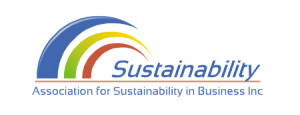By Tracey Rodwell
When I started investigating LEDs I was surprised to find that many on the market do not appear to meet Australian Standards.
Generally, consumers rely on the seller to provide safe products, but some importers are either oblivious to their legal obligations or do not want to spend money to test these products for safety.
Their tends to be an overreliance on CE & RoHS Certificates (European and American), but this does not mean that they are safe and legal for sale and use in Australia.
When I recently tested my T8 tubes for Australian Standards – they had to be modified twice before passing and these already had CE & RoHS Certification.
Be Safe. Only buy LEDs from a reputable seller with C-tick and meet AS/NZ standards, – this should be marked on the product, or at least on the packaging.
LED Quality – Some helpful hints
The main reason an LED prematurely fails is by overheating. Apart from seeking well-known brand components, design, materials and specifications are also important to ensure the LEDs longevity.
If possible, find out how heat is dissipated during operation (this could be through the design and/or materials used). The more powerful a LED becomes, the more heat is involved and the greater the amounts of aluminium or its grade are required.
12v LED downlights are often sold as a DIY retrofit, but most require DC power and transformers supply AC. In many cases, the 12v DC LEDs will work with an AC power supply, but the light will eventually fail (overheating).
Also make sure that;
* Lumens and lux levels are sufficient to your environment,
* Colour rendering index (CRI) is appropriate to your needs
* Operating temperature is suited to your environment
* 240v LEDs can cope with power surges at least to 265v
Additional information is available on my website www.carboncheaters.com
N:B: The information I have provided has been developed through my own experience researching LED products. The views expressed above may not be shared by others within this industry.




